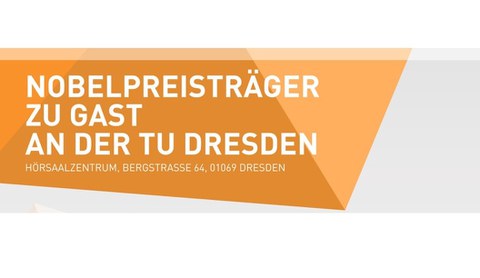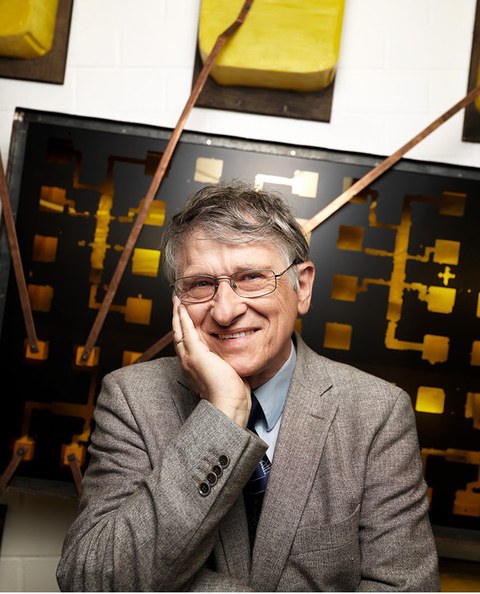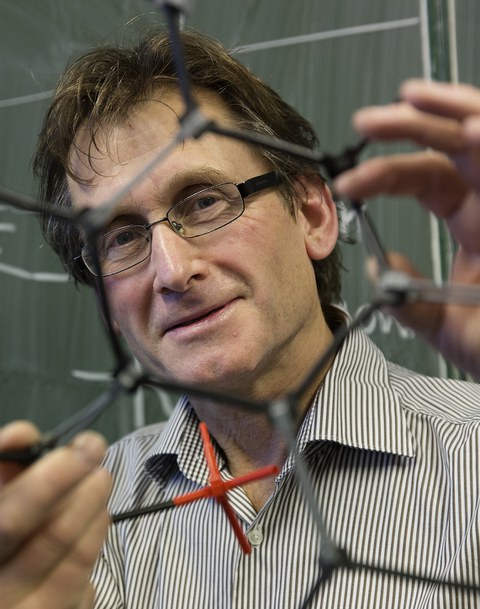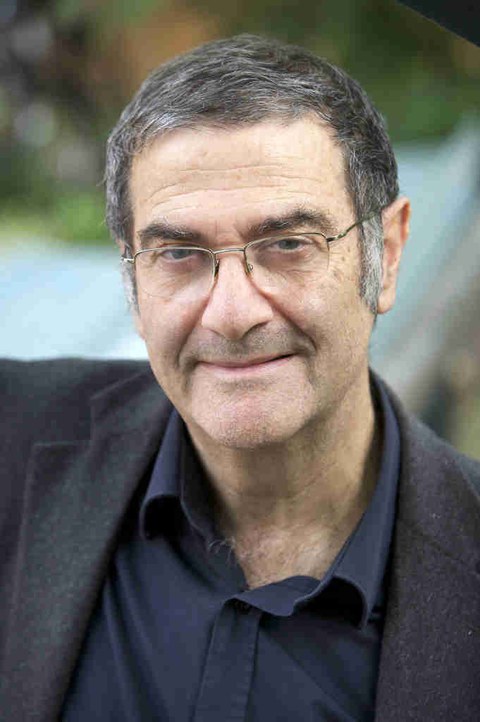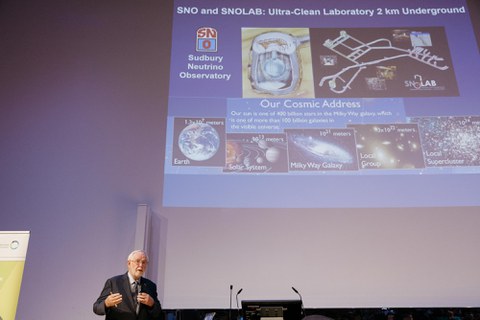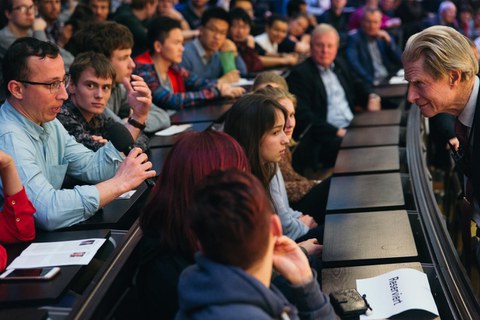Mar 29, 2018
Nobel Laureates at TU Dresden on April 11th, 18th and June 27th: Micro Miracles of Nature
Trapped light particles, weight-losing kilograms and molecular motors touring through human bodies – these are the research topics built upon in this year’s public lecture series “Nobelpreisträger zu Gast an der TU Dresden” (Nobel laureates visiting TU Dresden). Organized by the TU Dresden School of Science, this successful event brings Nobel laureates to Dresden for the third year in row. With an audience of 800-900 guests per lecture in the past two years, a similar attendance is expected for the series in the Audimax this summer semester. On 11th and 18th April as well as 27th June 2018, three of the Stockholm laureates will share with us their award-winning and current research projects. Along with them comes the spirit of the Nobel Prize!
We would like to thank our sponsors: Novaled, KBA-Sheetfed Solutions AG & Co. KG, Hotel Taschenbergpalais Kempinski and the Gesellschaft von Freunden und Förderern der TU Dresden e.V.
Registration
Here you can register for the first two public talks:
http://event.mn.tu-dresden.de
The Nobel Laureates at TU Dresden
Klaus von Klitzing
1985 Nobel Prize in Physics
Wednesday, 11th April 2018, 7 p.m.: A New Kilogram Next Year and How My Nobel Prize is Concerned with This
Klaus von Klitzing (*28.06.1943, Schroda, Reichsgau Wartheland, Poland)
Max Planck Institute for Solid State Research, Stuttgart
Klaus von Klitzing, Nobel laureate in Physics, will open the lecture series on 11th April, discussing a kilogram near Paris: Ein neues Kilogramm im nächsten Jahr und was das mit meinem Nobelpreis zu tun hat („A New Kilogram Next Year and How My Nobel Prize is Concerned with This”). The director at the Max Planck Institute for Solid State Research, Stuttgart, won the prize for the discovery of the quantum Hall effect in 1985: classical physics is built upon continuous natural processes, as are observed also in voltage drops and rises; yet, at low temperatures and strong magnetic fields, a Hall voltage appears in current-carrying semiconductors that changes stepwise – along the so-called “von Klitzing constant”. But: How does this refer to the prototype kilogram, whose slow decay cannot be stopped even by complex mechanic protection devices in its storage near Paris? Are von Klitzing’s ideas capable of solving the problem of the weight-losing kilogram? Certainly, they will enlighten the audience with brilliant scientific findings on the microcosm: “The Nobel Prize to me is an obligation to the commitment of promoting enthusiasm for science,” says the father of the von Klitzing constant.
Ben Feringa
2016 Nobel Prize in Chemistry
Wednesday, 18th April 2018, 7 p.m.: The Art of Building Small
Bernard Lucas "Ben" Feringa (*18.05.1951, Barger-Compascuum, Netherlands)
University of Groningen, Netherlands
Furtheron in microcosm, chemist Ben Feringa will explain The Art of Building Small on 18th April. He found out how motors can be produced out of molecules, constructing the first light-driven micro-car from some few molecules in 1999 together with a team at the University of Groningen, Netherlands: Molecular chains, functioning as “wheels”, carry the “car body” from further chemical compounds. These molecular motors can be employed in the human body to build up muscular elements or micro machines, as well as to transport medicine. The Dutch researcher won the Nobel Prize for Chemistry in 2016 together with Jean-Pierre Sauvage and Fraser Stoddart “for the design and synthesis of molecular machines”.
Serge Haroche
2012 Nobel Prize in Physics
Wednesday, 27th June 2018, 7 p.m.: Quantum information experiments with Rydberg atoms: from fundamental tests to applications
Serge Haroche (*11.09.1944, Casablanca, Morocco)
Collège de France, Paris, France
Serge Haroche will talk about the interplay of light and matter on 27th June. The physicist trapped and boxed not Schrödinger's cat, but a small light particle – a photon – for investigating the quantum mechanical effects of the collision of light and matter: He trapped a photon – which usually disappears when it comes upon matter – in a mirrored box for one tenth of a second: Enough time for the light particle to collide and reflect about one billion times at the mirror surface – and for the experimental physicists to guide single atoms across the box and analyze their interplay with the photon. The complicated undertaking of capturing a photon, as well as the subsequent examination of the crossing atoms needed a brilliant strategy, which was incorporated in a refined experiment at the École normale supérieure in Paris; for their findings illuminating overall quantum mechanical problems, enabling new insights into our world’s microstructure, Haroche and David Wineland were awarded the Nobel Prize of Physics in 2012.
Review: Nobelpreisträger zu Gast an der TU Dresden 2016/2017
Nobel laureates visiting TU Dresden 2017
Arthur B. McDonald
Nobel Prize in Physics 2015
A Deeper Understanding of our Universe from 2km Underground
Christiane Nüsslein-Volhard
Nobel Prize in Physiology or Medicine 1995
Die Streifen des Zebrafisches: Wozu und wie entsteht Schönheit bei Tieren?
Paul Modrich
Nobel Prize in Chemistry 2015
Mechanisms in DNA mismatch repair
Sir John B. Gurdon
Nobel Prize for Physiology or Medicine 2012
Somatic cell nuclear transfer: memory of the past versus hope for the future
Here you can find all information about the 2017 Nobel laureate lecture series.
Nobel laureates visiting TU Dresden 2016
Here you can find all information about the 2016 Nobel laureate lecture series.

